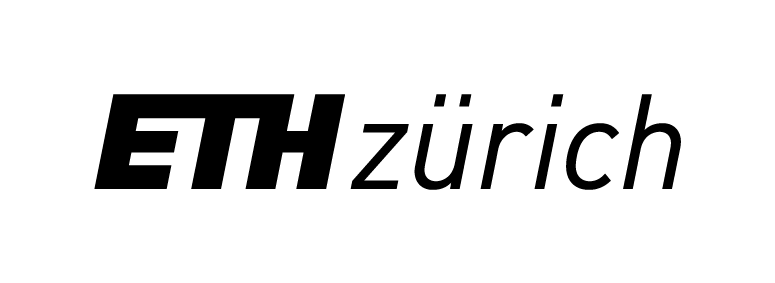Green Kerosene
Sustainable aviation fuels – powered by the sun!
For the foreseeable future, kerosene will be indispensable as a jet fuel for long-haul aviation. Aldo Steinfeld’s group develops the solar technologies to synthesise carbon-neutral kerosene from water and CO2 captured from the air.
When it comes to sustainable mobility, we often talk about daily travel: How did you go to work or school today? By public transport? Cool! By bike or foot? Even better! Refueling over lunch must have felt double as good. Or perhaps you do have to drive by car because you live outside of the city? In that case, are you considering an EV? As the Swiss electricity supply becomes renewable, your EV will emit a lot less CO2 into the atmosphere than a standard gas guzzler.
But that’s not the full story of future mobility: Even though EVs are by far the most efficient way of transforming primary energy into motion energy of your vehicle, batteries are simply too heavy to be used in planes, for example. Similarly, batteries have a limited range and are hence not suited for the long distances covered by long-haul trucks. What other options are there?
That’s where synthetic fuels come in: In terms of their chemical composition, these liquid fuels are actually not that different from petroleum-based liquid fuels: Both synthetic fuels as well as diesel, for example, are made up of hydrocarbons. What makes the two different, however, is how they are produced: Petroleum-based fuels are distilled from crude oil, which essentially means heating up oil until all the molecules you don’t want in your end product have evaporated.
Synthetic fuels, on the other hand, are produced through a class of chemical reactions referred to as conversion. Specifically, the aim is to convert a mixture called syngas, consisting mainly of hydrogen gas and carbon monoxide, into a liquid. This process has been studied as far back as during Weimar Germany, where the so-called Fischer-Tropsch conversion process was invented in 1926. But wait… What is syngas typically produced from? Coal or gas!
And thus we come to the innovative step: Researchers at Prof. Aldo Steinfeld’s group at ETH are working on how we can start not from coal or gas, but from sunlight, air and water. Using concentrated solar energy they split CO2 and H20 into hydrogen (H2) and carbon monoxide (CO)… which you’ll recognize as syngas! If you’re craving details, check out the video on the right.
Still aren’t satisified? Indeed, there is more: Fuel cells vehicles are also prominently discussed in the media. They combust hydrogen in a different way, i.e. don’t turn it into a liquid fuel. So where do fuel cells fit into the picture? Well, they are again quite heavy, so not a good option for air travel. But thanks to the high energy density of hydrogen, fuel cell powered vehicles do have a longer range than battery powered EVs. Hence, they are an attractive option for long-haul trucks.
To finish, why is a battery-electric car likely still the best option for you for short distances (if you can’t walk, bike or take a bus or train)? Because using batteries is by far more efficient than using fuel cells or synthetic fuels. Take a look at the figure below!



